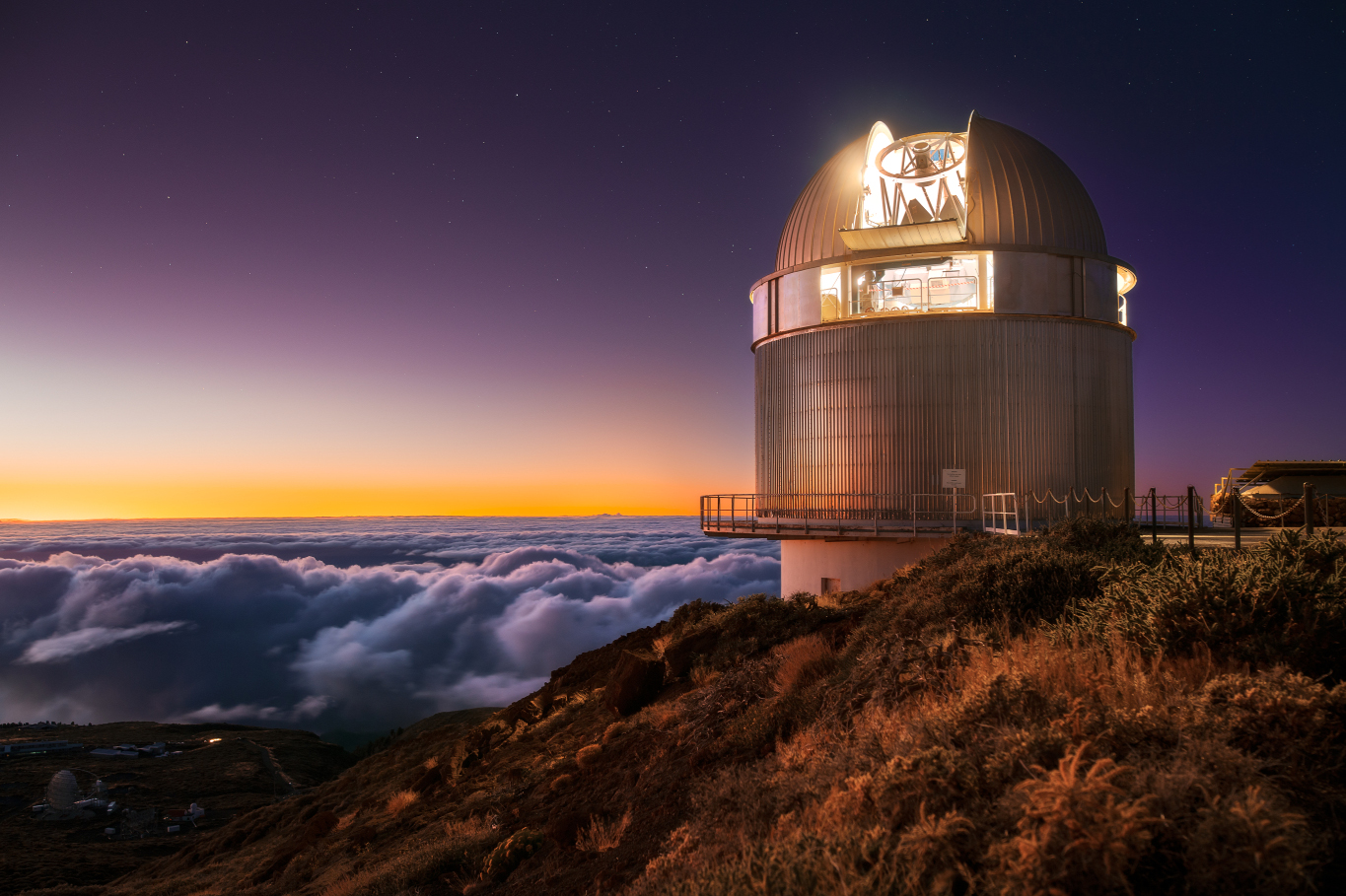Open Call for Observing Time at the Nordic Optical Telescope
Thomas Augusteijn
Nordic Optical Telescope

The Nordic Optical Telescope (NOT) is a 2.56-m telescope operated jointly by universities from Denmark, Finland, Iceland, Norway, and Sweden. In this open call, the NOT offers the opportunity to get access to observing time in return for a contribution to the operational cost.
The NOT is located at the Roque de los Muchachos Observatory on the Canary Island of La Palma, Spain, which provides some of the best observing conditions in the northern hemisphere. The observing conditions, instrumentation, and observing modes offered at the NOT allow to do state-of-the-art observations, at the forefront of many areas in modern astronomical research, as is also shown by its strong publication record.
The call is open to anyone from anywhere, be it projects, research groups, institutes, or larger (national) communities. The scale of any agreement can range from small observing time allocations in a single semester, up to more extensive allocations over various years (possibly as a full member).
One of the strengths of the NOT is that it provides a wide range of options for flexible scheduling. Beyond classical visitor mode, we offer (queue) service mode observing, and flexible scheduling through Target-of-Opportunity programs (including override status) and/or monitoring programs on any time scale (from hours to years). The NOT also provides dedicated facilities for both on-site and remote observing courses.
The workhorse instruments at the NOT are an optical imager and low-resolution spectrograph (ALFOSC), a NIR imager and low-resolution spectrograph (NOTCam), and a fibre fed echelle spectrograph (FIES) which offers resolutions up to ~67,000, and is located in a separate building in a controlled environment, and provides radial-velocity stability of ~4 m/s. A further upgrade of the spectrograph, with the aim of improving the radial velocity stability to ~2 m/s, is in progress.
For any questions and/or more detailed information, please contact the NOT Director Dr. Thomas Augusteijn.

